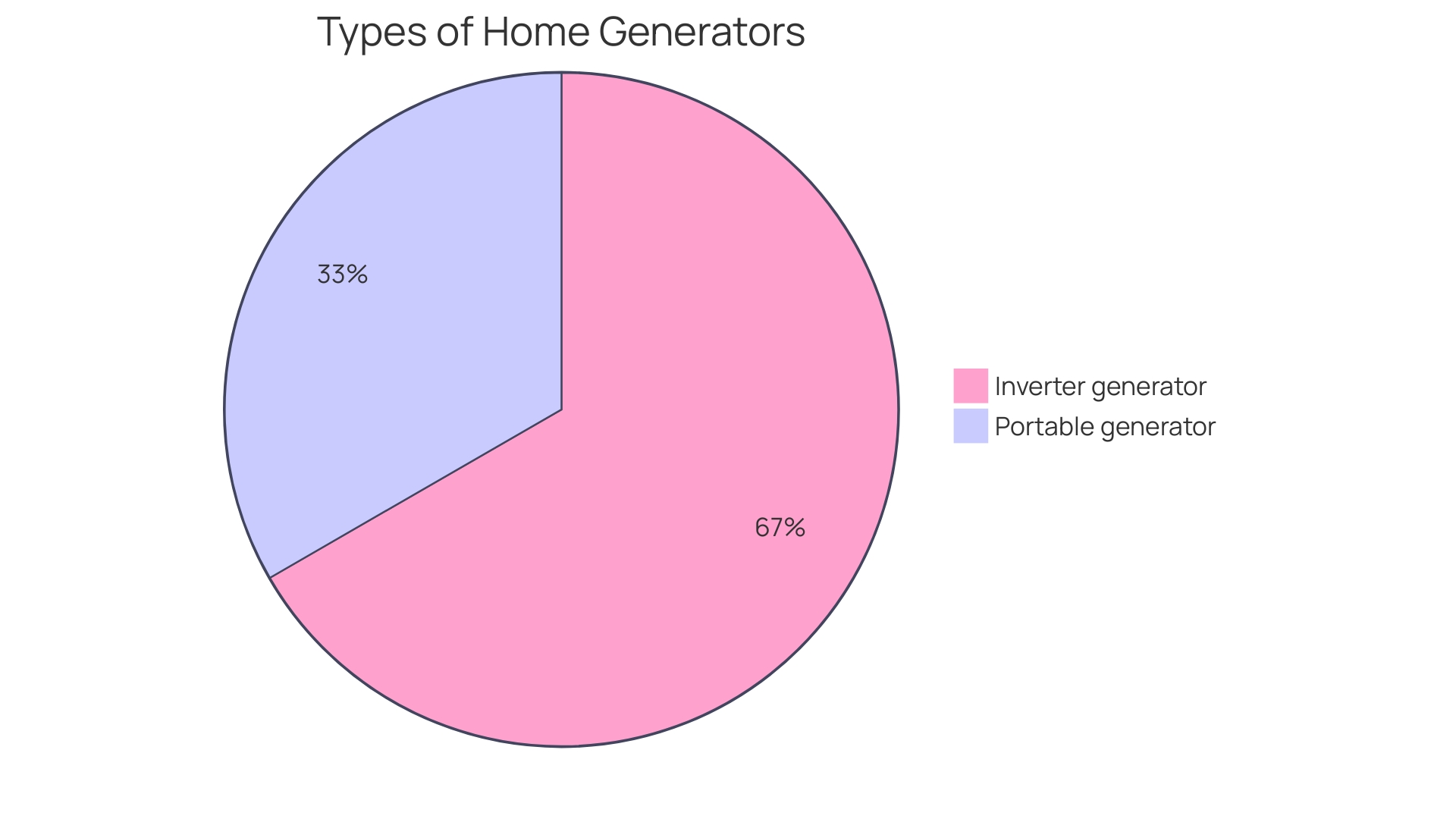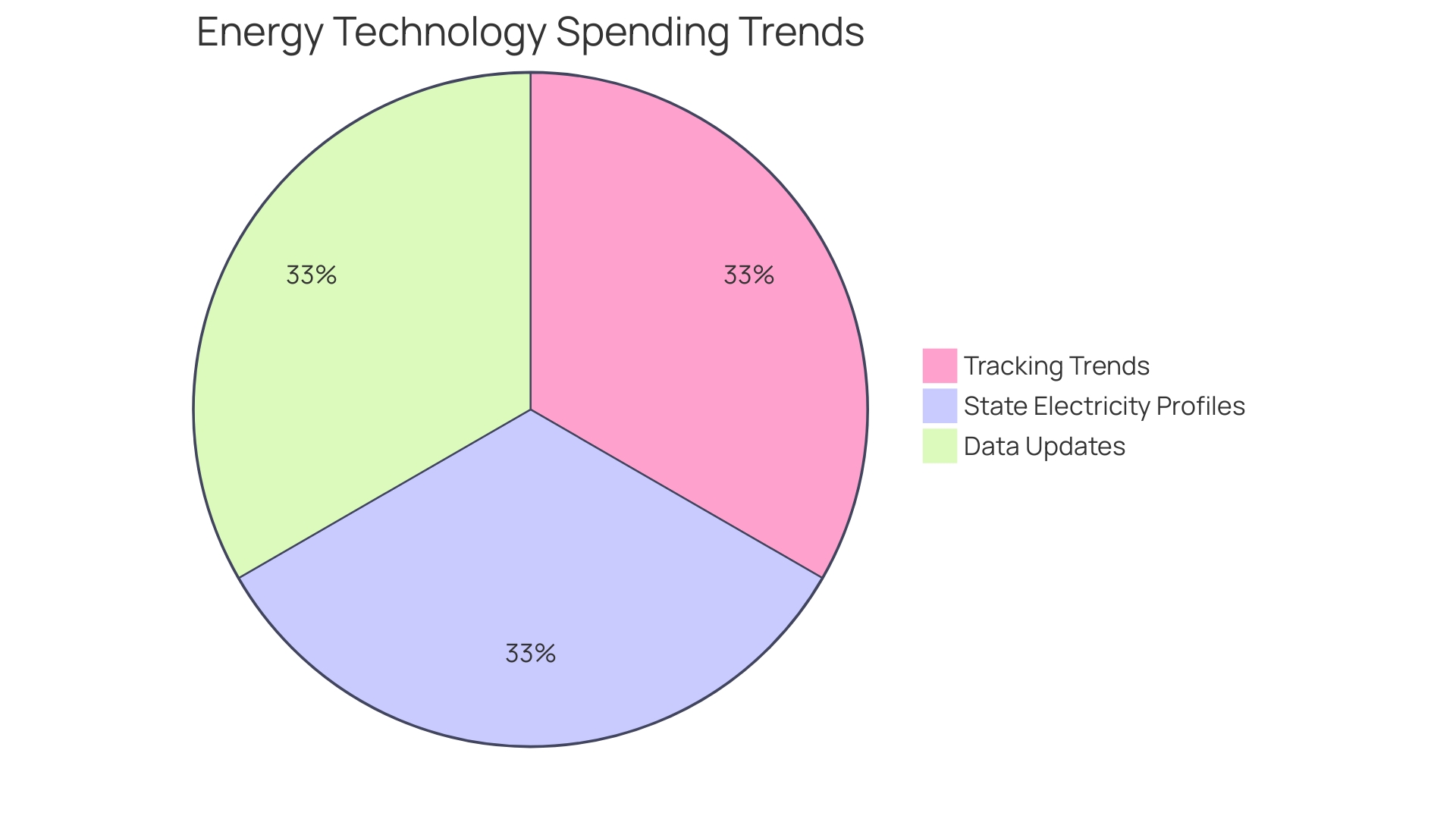Introduction
Renting generators for construction projects can provide a practical solution to meet the power demands of the job at hand. With the flexibility to choose the ideal generator size, you can ensure that you're not over-investing in a unit that may be too large or underpowered for your needs. This adaptability is crucial, especially considering the average American household's power consumption and the availability of generators in various capacities.
Cost benefits are also evident, as rental agreements often include maintenance and storage, eliminating the concern for long-term care and additional expenses. Additionally, if project requirements evolve, switching to a different generator type or upgrading is a straightforward process with rental options. The power output, type of generator, and budget constraints should all be considered when selecting the right generator to maximize efficiency and ensure uninterrupted construction progress.
Benefits of Renting Generators for Construction Projects
Generator rentals offer a practical solution for meeting the power demands of construction projects. By renting, you have the flexibility to select the ideal generator size for the job at hand, ensuring you're not over-investing in a unit that may be too large or underpowered for your needs. This adaptability is crucial, especially when considering the average American household uses approximately 30 kWh per day, and generators are available in a range of capacities to suit various applications.
The cost benefits are clear, too. A generator with less than 10 kW power is more economical and suitable for lighter tasks, while units with 20 kW are designed for more extensive demands. It's not just about the initial cost savings compared to purchasing; rental agreements typically encompass maintenance and storage, which the rental company manages.
This arrangement eliminates the concern for long-term care and additional expenses.
Moreover, if project requirements evolve, which is a common scenario given the unpredictable nature of power outages and the aging electric grid, switching to a different generator type or upgrading is a straightforward process with rental options. Portable generators, known for their mobility and ease of transport, can be a cost-effective choice, particularly for smaller businesses that value versatility. Inverter generators, a compact cousin of portable models, offer similar benefits with enhanced portability.
When selecting a generator, it's important to consider the power output—measured in kilowatts—relative to the project's demands. With the variety of generators available, including diesel, inverter, and towable models, choosing the right type for your power needs and budget constraints will maximize efficiency and ensure uninterrupted construction progress.
Understanding the Costs of Generator Rental
When considering generator rental for construction projects, it's vital to factor in the various determinants of cost to ensure a well-informed decision. The price tag of renting a generator is influenced by its capacity, typically measured in kilowatts (kW). For perspective, the average American household consumes around 900 kWh monthly, leading to an estimation that generators with a capacity of 20 kW are apt for powering an entire home, thus carrying a higher rental price.
Conversely, generators under 10 kW are tailored for less demanding tasks and are more cost-effective to rent.
Additionally, the kind of generator plays a pivotal role in cost considerations. Gasoline-powered generators, being quite prevalent, are often more budget-friendly than their solar battery backup counterparts, which offer stored electricity for usage during outages. A thorough comparison of quotes from different rental companies is crucial, as it allows for an evaluation of not just the upfront rental costs but also the long-term financial benefits concerning maintenance, storage, and operational flexibility.
It's important to look at both capital and levelised costs, which encompass the investment cost and the per-unit cost of building and operating a generator over its lifetime, respectively. This holistic view provides a standardized means of comparing electricity production costs across various technologies, as detailed in the GenCost report. By accounting for these factors, you can navigate the financial landscape of generator rental with confidence, ensuring your construction projects are powered efficiently and cost-effectively.

Choosing the Right Generator Size
Selecting the optimal generator size is a pivotal decision for maintaining a steady and efficient power supply on construction sites. The power requirements of your project, the array of equipment requiring electricity, and the expected duration of operation are all significant factors in this decision-making process. Accurately calculating the total power demand is imperative to avoid the pitfalls of under-sizing, which can result in equipment failures and project delays, and over-sizing, which can unnecessarily inflate costs.
Generators are versatile; portable generators can power anything from laptops and lights to heavy-duty equipment. Sizes and power output capabilities vary widely, and the most efficient portable generators provide substantial wattage while maximizing fuel efficiency. Inverter generators, a subset of portable generators, are compact and easy to transport, offering a modern approach to on-site power.
During extreme weather events, reliable power becomes critically important. With much of the United States' electric grid dating back to the 1960s and 1970s, the risk of blackouts has increased. Hence, understanding your power needs and selecting a generator that aligns with them is essential.
For a more tailored approach to determining the right generator for your construction project, consulting with a professional in generator rental or utilizing online sizing calculators is recommended. These resources can aid in matching your specific requirements with the right generator capacity, ensuring that your project operates smoothly without the risks associated with improper sizing.

Safety Considerations for Generator Use
When it comes to powering your construction site with rented generators, safety is paramount. Understanding that generators emit exhaust gases like carbon monoxide, a poisonous gas that is invisible and odorless, it's essential to take the right precautions. Generators must be situated in open, well-ventilated areas to prevent the buildup of fumes and should never be run inside buildings or near any open windows and doors to minimize exposure risks.
It's not just about correct placement; meticulous inspections are vital. Check the generator regularly for signs of damage or wear and tear, and ensure it is properly grounded to avoid electrical hazards. Adhering to the manufacturer's guidelines for operation and maintenance is non-negotiable.
In addition, it's crucial to educate your construction crew on generator safety protocols. With the right knowledge and precautions, including keeping the generator at least 20 feet away from living spaces, you can create a safer work environment that protects both the workers and the site itself. Remember, using a generator irresponsibly can lead to dire consequences, including injury or death from carbon monoxide poisoning, as emphasized by health and safety authorities.
During peak periods such as hurricane season, when power outages are frequent and the demand for generators spikes, being vigilant about safety measures is even more critical. Recalls of unsafe products and adherence to safety standards by the U.S. Consumer Product Safety Commission highlight the importance of staying informed about the equipment you use. With proper safety practices, the versatile portable generator becomes a reliable asset, capable of powering everything from lights to heavy-duty tools, keeping your project on track regardless of external power disruptions.
Conclusion
Renting generators for construction projects offers a practical and cost-effective solution. The flexibility to choose the right generator size ensures you don't over-invest or end up with an underpowered unit. Cost benefits are evident, as rental agreements often include maintenance and storage.
Switching to a different generator type or upgrading is easy with rental options. Consider the power output, generator type, and budget constraints when selecting the right generator.
Understanding the costs of generator rental is crucial. Factors like capacity, type, and long-term financial benefits should be considered. Comparing quotes from different rental companies allows for an evaluation of upfront costs, maintenance expenses, and operational flexibility.
Choosing the right generator size is essential. Accurately calculate power demands and consider equipment requirements and operation duration to avoid under-sizing or over-sizing. Portable and inverter generators offer versatility and fuel efficiency.
Consulting professionals or using online sizing calculators can help determine the optimal generator capacity.
Safety is paramount when using rented generators. Proper placement, regular inspections, and adherence to manufacturer's guidelines are essential. Educating the construction crew on safety protocols and keeping the generator away from living spaces enhances safety.
In conclusion, renting generators for construction projects provides a practical and cost-effective solution. Consider factors like generator size, type, and safety measures to ensure efficient and uninterrupted progress. With the flexibility and cost benefits of rental agreements, you can focus on your project without the worry of long-term care and additional expenses.




